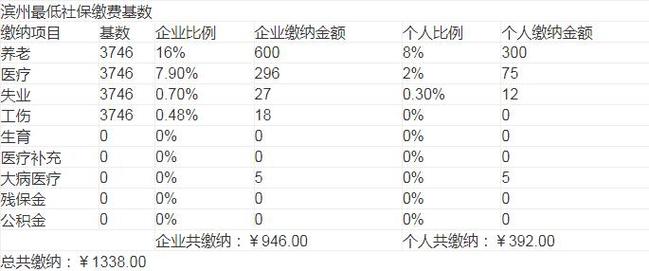员工不愿买保险合同该怎么签
Understanding Insurance Contracts: What You Need to Know
When you purchase insurance, you enter into a contractual agreement with the insurance company. Let's delve into the key aspects of insurance contracts to help you understand their significance and what to look for.
What is an Insurance Contract?
An insurance contract is a legal agreement between you (the policyholder) and the insurance company. This contract outlines the terms, conditions, coverage details, premiums, and obligations of both parties. It serves as a binding document that governs the insurance relationship.
Elements of an Insurance Contract
1.
Offer and Acceptance:
The insurance company offers coverage based on the information you provide in your application. Your acceptance of this offer is typically demonstrated by paying the initial premium.2.
Consideration:
Consideration refers to the payment of premiums by the policyholder in exchange for the promise of coverage and benefits by the insurer.3.
Legal Purpose:
The contract must have a legal purpose, which means it cannot involve illegal activities or go against public policy.4.
Competent Parties:
Both parties entering into the contract must be legally competent. This means they must have the legal capacity to understand the terms and obligations of the contract.5.
Consensus Ad Idem (Meeting of the Minds):
This principle states that both parties must have a mutual understanding of the contract's terms. Any ambiguity or misunderstanding can lead to disputes later on.Key Components of an Insurance Contract
1.
Declarations Page:
This section provides basic information such as the insured parties, policy period, coverage limits, and premiums.2.
Insuring Agreement:
The insuring agreement outlines the scope of coverage provided by the policy. It specifies what risks are covered and under what circumstances the insurer will pay claims.3.
Exclusions:
Exclusions list the risks or circumstances that are not covered by the policy. It's crucial to review these exclusions to understand the limitations of your coverage.4.
Conditions:
Conditions describe the obligations and responsibilities of both the policyholder and the insurer. For example, conditions may include premium payment deadlines, claims procedures, and policy cancellation terms.
5.
Endorsements or Riders:
These are additional documents that modify or add to the original policy terms. They can expand or restrict coverage based on specific needs.Importance of Reading and Understanding the Contract
1.
Know Your Coverage:
Reading the contract helps you understand what risks are covered and what exclusions apply. This knowledge allows you to make informed decisions about your insurance needs.2.
Avoid Misunderstandings:
Understanding the terms and conditions reduces the likelihood of disputes or misunderstandings in the event of a claim.3.
Rights and Obligations:
The contract outlines your rights as a policyholder and the insurer's obligations. This clarity ensures that both parties fulfill their respective roles.4.
Review Period:
Most insurance contracts provide a review period after purchase. Use this time to carefully review the contract and ask questions if anything is unclear.Seek Professional Advice
If you're unsure about any aspect of an insurance contract, consider consulting with an insurance advisor or legal expert. They can provide guidance tailored to your specific situation and help you navigate complex contract terms.
In conclusion, insurance contracts are fundamental to the insurance process, providing clarity on coverage, obligations, and rights. By understanding these contracts, you can make informed decisions and protect yourself effectively.











